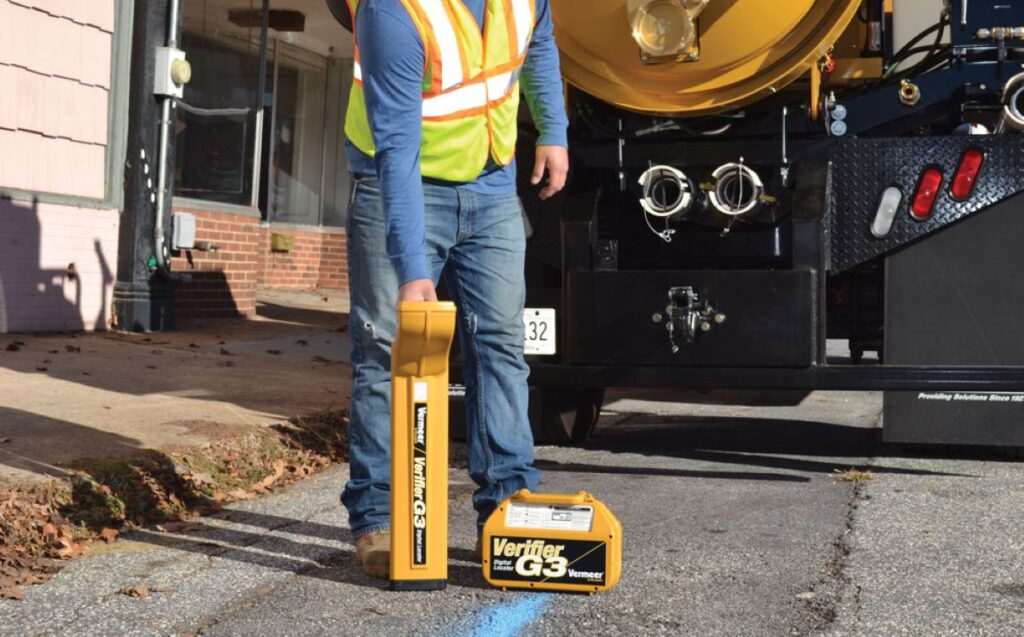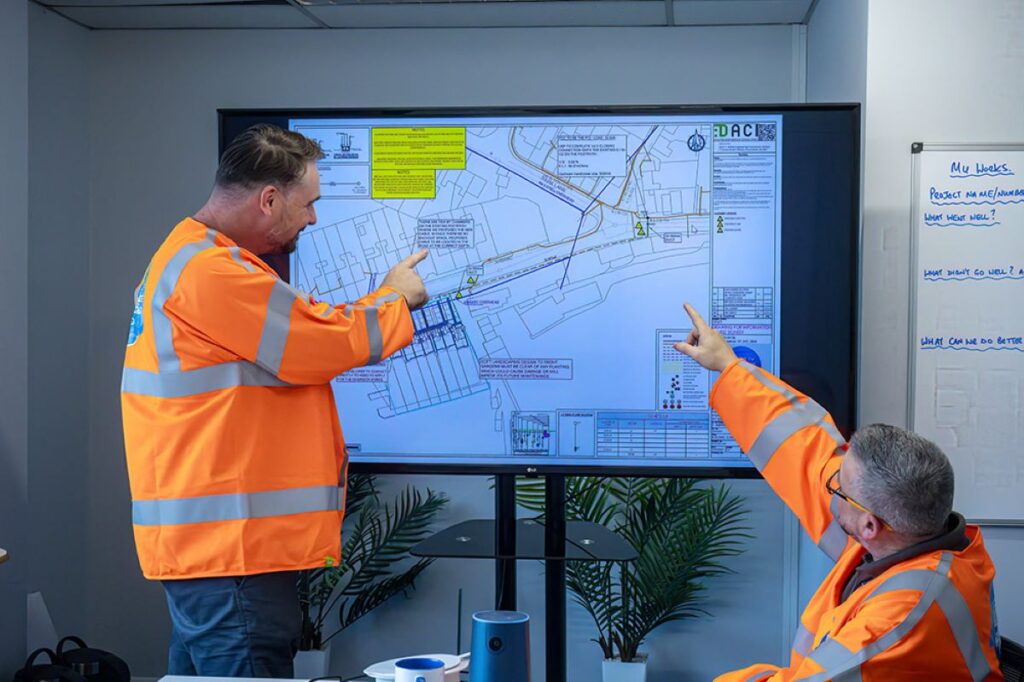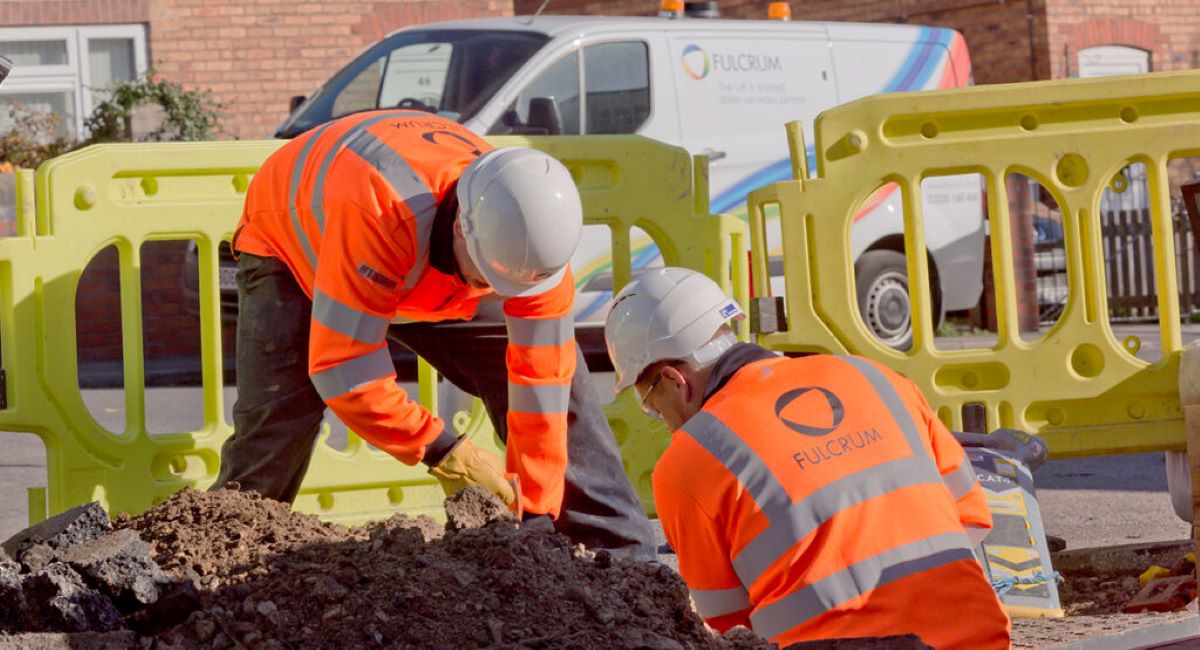In the modern world, the infrastructure that supports our daily lives is often hidden beneath the surface. From water pipes to electrical cables, these underground utilities are crucial for the functioning of homes and businesses. However, excavating or performing construction work without knowing the exact location of these utilities can lead to serious accidents, costly repairs, and project delays. This is where underground utility locating services come into play. This article will explore what these services can detect, the technology used, and the importance of accurate utility mapping.
The Importance of Underground Utility Locating
Understanding the significance of underground utility locating services is essential for anyone involved in construction, landscaping, or renovation projects. These services not only prevent accidents but also save time and money.
Preventing Accidents
One of the primary reasons for utilising underground utility locating services is to prevent accidents. Striking a gas line or an electrical cable can have catastrophic consequences, including explosions or electrocution. By accurately locating these utilities, professionals can work safely and effectively. Additionally, the risks extend beyond immediate physical harm; accidents can also lead to legal liabilities and insurance claims, which can further complicate the situation for contractors and developers.
Avoiding Costly Repairs
Accidentally damaging underground utilities can result in significant repair costs. Not only does it require immediate attention, but it can also lead to project delays, affecting timelines and budgets. By investing in utility locating services, businesses and contractors can avoid these unexpected expenses. Moreover, the financial implications of such damages can ripple through a project, impacting not just the current job but also future contracts and relationships with clients. Effective utility locating ensures that projects can proceed smoothly, maintaining the trust and satisfaction of all stakeholders involved.
Furthermore, the technology used in underground utility locating has advanced considerably in recent years. Techniques such as ground-penetrating radar (GPR) and electromagnetic induction allow for precise mapping of underground infrastructures, providing detailed information about the depth and condition of utilities. This level of detail not only enhances safety but also aids in planning for future maintenance and upgrades, ensuring that projects are sustainable in the long term. As urban areas become increasingly congested, the importance of these services will only continue to grow, making them a vital component of modern construction and development practices.
What Can Underground Utility Locating Services Detect?
Underground utility locating services employ various technologies to detect a wide range of utilities. The following sections will delve into the specific types of utilities that can be identified.
Water and Sewer Lines
Water and sewer lines are among the most common underground utilities that need to be located. These lines are typically made of materials like PVC, clay, or metal, and their locations can vary significantly depending on the age of the infrastructure and the area’s development history.
Utilising ground-penetrating radar (GPR) and electromagnetic (EM) locating techniques, professionals can accurately identify the depth and position of these lines. Knowing where water and sewer lines are located is crucial, especially for construction projects that involve digging or excavation. Furthermore, understanding the condition of these lines can also be beneficial; older pipes may be more susceptible to leaks or bursts, which can lead to costly repairs and disruptions. Regular inspections and maintenance of these utilities can help prevent such issues, ensuring a reliable water supply and effective waste management.

Electrical Cables
Electrical cables are another critical utility that must be located before any excavation work begins. These cables can be buried at varying depths and may be made from different materials, including copper and aluminium. The detection of electrical cables is vital to prevent disruptions in power supply and to ensure the safety of workers.
Advanced locating equipment can differentiate between live and inactive cables, providing an added layer of safety. This capability is particularly important for projects in urban areas where multiple utilities may be located in close proximity. Additionally, understanding the layout of electrical systems can aid in planning for future expansions or upgrades, as well as minimising the risk of accidental damage during construction. The integration of smart technology in utility locating services is also on the rise, allowing for real-time data analysis and improved decision-making processes.
Gas Lines
Gas lines pose a unique risk due to the potential for leaks and explosions. Locating these lines accurately is paramount for the safety of construction workers and the surrounding community. Utility locating services employ specialised equipment to detect gas lines, ensuring that excavation work can proceed without incident.
In addition to conventional methods, some companies use acoustic detection techniques to identify gas leaks, further enhancing safety measures. This proactive approach can save lives and prevent significant property damage. Moreover, with the increasing emphasis on environmental sustainability, many utility locating services are now incorporating eco-friendly practices into their operations. This includes using non-invasive techniques that minimise disruption to the surrounding landscape and reduce the carbon footprint associated with traditional excavation methods. As the demand for safer and more efficient utility locating continues to grow, advancements in technology and methodology will likely play a pivotal role in shaping the future of this essential service.
Advanced Technologies Used in Utility Locating
Utility locating services have evolved significantly with advancements in technology. The following are some of the key technologies employed in the field.
Ground Penetrating Radar (GPR)
Ground Penetrating Radar is a non-invasive method that uses radar pulses to image the subsurface. GPR is particularly effective for locating utilities made from non-metallic materials, such as plastic pipes or concrete structures.
The technology provides real-time data, allowing operators to visualise the location and depth of utilities. This capability makes GPR an invaluable tool for utility locating, especially in complex urban environments.
Electromagnetic Locating (EM)
Electromagnetic locating is another widely used technique that detects metallic utilities. It involves sending an electromagnetic signal through the utility, which can then be traced back to its source. This method is highly effective for locating electrical cables and metal pipes.
EM locating can also be used in conjunction with GPR to provide a comprehensive overview of underground utilities, ensuring that all potential hazards are identified before excavation begins.
Acoustic Detection
Acoustic detection is a specialised method used primarily for locating gas leaks. This technique involves listening for the sound of gas escaping from a pipe, which can indicate the presence of a leak. Acoustic detection is particularly useful in areas where traditional locating methods may be less effective.
By employing a combination of these technologies, utility locating services can provide a thorough and accurate mapping of underground utilities, ensuring the safety and success of any project.
Benefits of Professional Utility Locating Services
Engaging professional utility locating services offers numerous advantages that can significantly impact the success of construction and renovation projects.
Expertise and Experience
Professional utility locators possess the expertise and experience necessary to accurately identify and map underground utilities. Their knowledge of local regulations, utility types, and the latest technologies ensures that projects are completed safely and efficiently.
Moreover, these professionals are trained to interpret the data collected from various locating methods, allowing them to provide detailed reports and maps that can be invaluable for project planning.

Compliance with Regulations
In many regions, there are strict regulations governing excavation and construction work, particularly concerning underground utilities. Professional utility locating services are familiar with these regulations and can ensure compliance, reducing the risk of legal issues and fines.
By adhering to local laws and guidelines, businesses can also foster positive relationships with regulatory bodies and the community, enhancing their reputation and credibility.
Peace of Mind
Perhaps one of the most significant benefits of hiring professional utility locating services is the peace of mind it provides. Knowing that underground utilities have been accurately located allows contractors and project managers to focus on their work without the constant worry of accidental damage or safety hazards.
This peace of mind can lead to increased productivity and a smoother workflow, ultimately contributing to the overall success of the project.
See Also : How Subsurface Utility Locating Protects Your Construction Site
Conclusion
Underground utility locating services play a vital role in ensuring the safety and efficiency of construction and renovation projects. By accurately detecting water and sewer lines, electrical cables, and gas lines, these services help prevent accidents, avoid costly repairs, and ensure compliance with regulations.
Utilising advanced technologies such as Ground Penetrating Radar, Electromagnetic Locating, and Acoustic Detection, professionals can provide comprehensive mapping of underground utilities. The expertise and experience of utility locating services not only enhance project safety but also offer peace of mind to contractors and project managers.
In an era where infrastructure is increasingly complex, investing in professional utility locating services is not just a smart choice; it is a necessary step towards ensuring the success and safety of any project. Whether embarking on a small renovation or a large-scale construction endeavour, understanding what underground utility locating services can detect is essential for informed decision-making and successful project outcomes.

